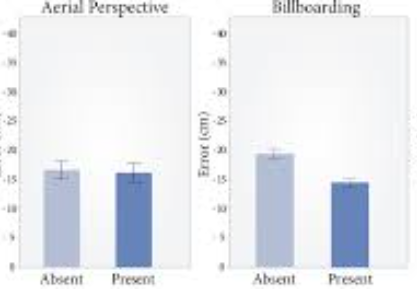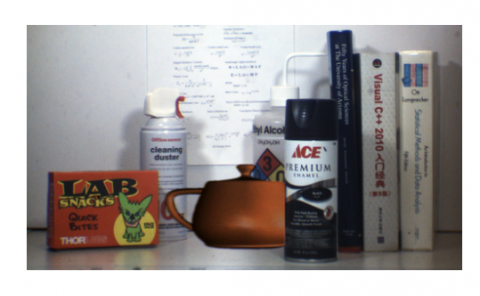Designing for Depth Perceptions in Augmented Reality
PubDate: November 2017
Teams: University of Colorado Boulder
Writers: Catherine Diaz ; Michael Walker ; Danielle Albers Szafir ; Daniel Szafir
PDF: Designing for Depth Perceptions in Augmented Reality

Abstract
Augmented reality technologies allow people to view and interact with virtual objects that appear alongside physical objects in the real world. For augmented reality applications to be effective, users must be able to accurately perceive the intended real world location of virtual objects. However, when creating augmented reality applications, developers are faced with a variety of design decisions that may affect user perceptions regarding the real world depth of virtual objects. In this paper, we conducted two experiments using a perceptual matching task to understand how shading, cast shadows, aerial perspective, texture, dimensionality (i.e., 2D vs. 3D shapes) and billboarding affected participant perceptions of virtual object depth relative to real world targets. The results of these studies quantify trade-offs across virtual object designs to inform the development of applications that take advantage of users’ visual abilities to better blend the physical and virtual world.

